Did you know that even the gentlest-looking pup carries the heart of a hunter? Don’t worry, this isn’t the start of a horror story. It’s just a reminder that our loyal companions are, at their core, descendants of wolves.
In a world of cozy apartments, city parks, and crowded sidewalks, some dog breeds come with a little extra power, purpose, and instinct. And while that makes them fascinating, it also means they need extra understanding, training, and respect.
So, before you fall head over heels for those soulful eyes and wagging tails, let’s peek behind the curtain, into the wilder side of dog ownership.
Because living safely (and happily!) with strong, high-drive breeds in the city isn’t about fear; it’s about knowledge, balance, and respect for the incredible animals we call family.
Dangerous Dog Breeds for Urban Living
1. Pit Bull
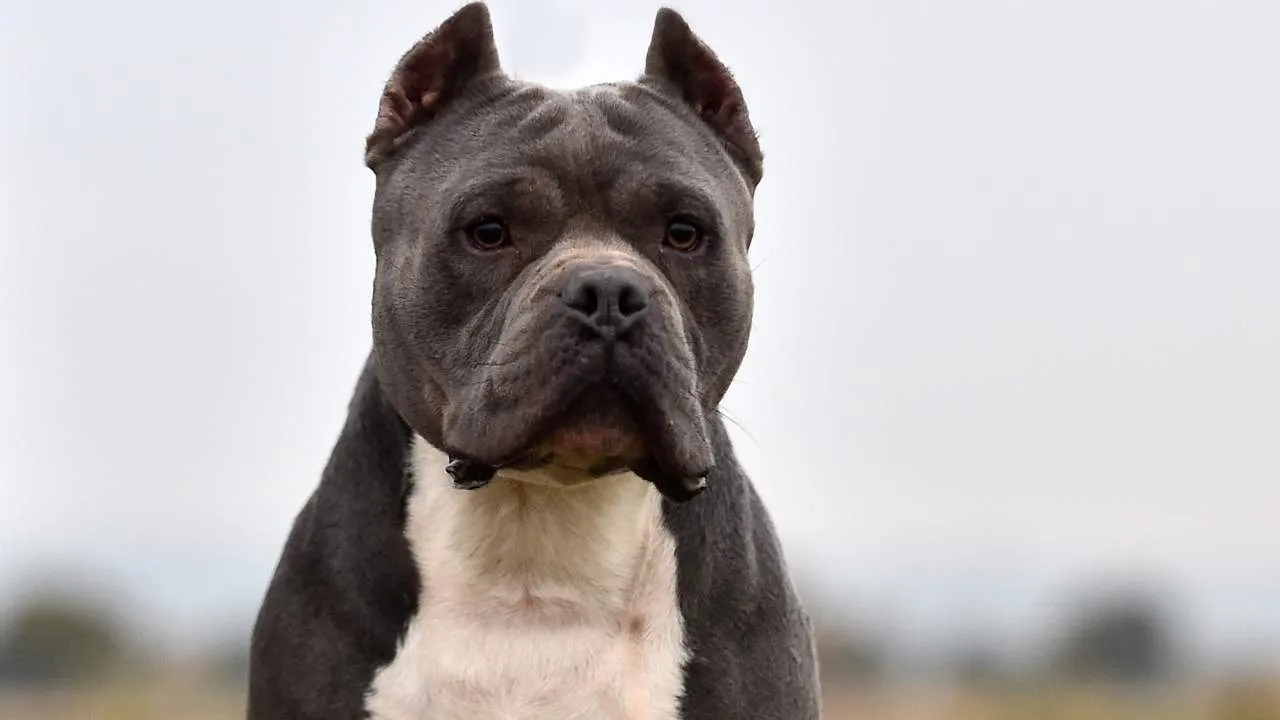
If you’re new to the dog world, you might be surprised to learn that “Pit Bull” isn’t a single breed. It’s actually an umbrella term that includes several breeds, such as the American Pit Bull Terrier, American Staffordshire Terrier, Staffordshire Bull Terrier, and sometimes the American Bulldog.
These dogs share similar ancestry, originally bred for strength and athleticism in activities like bull-baiting and dog fighting centuries ago.
Pit Bull-type dogs often make headlines due to their involvement in fatal dog attack incidents. According to WBIW, these breeds scored 90 out of 100 on their “danger scale,” frequently ranking among the most aggressive breeds or high-risk dogs.
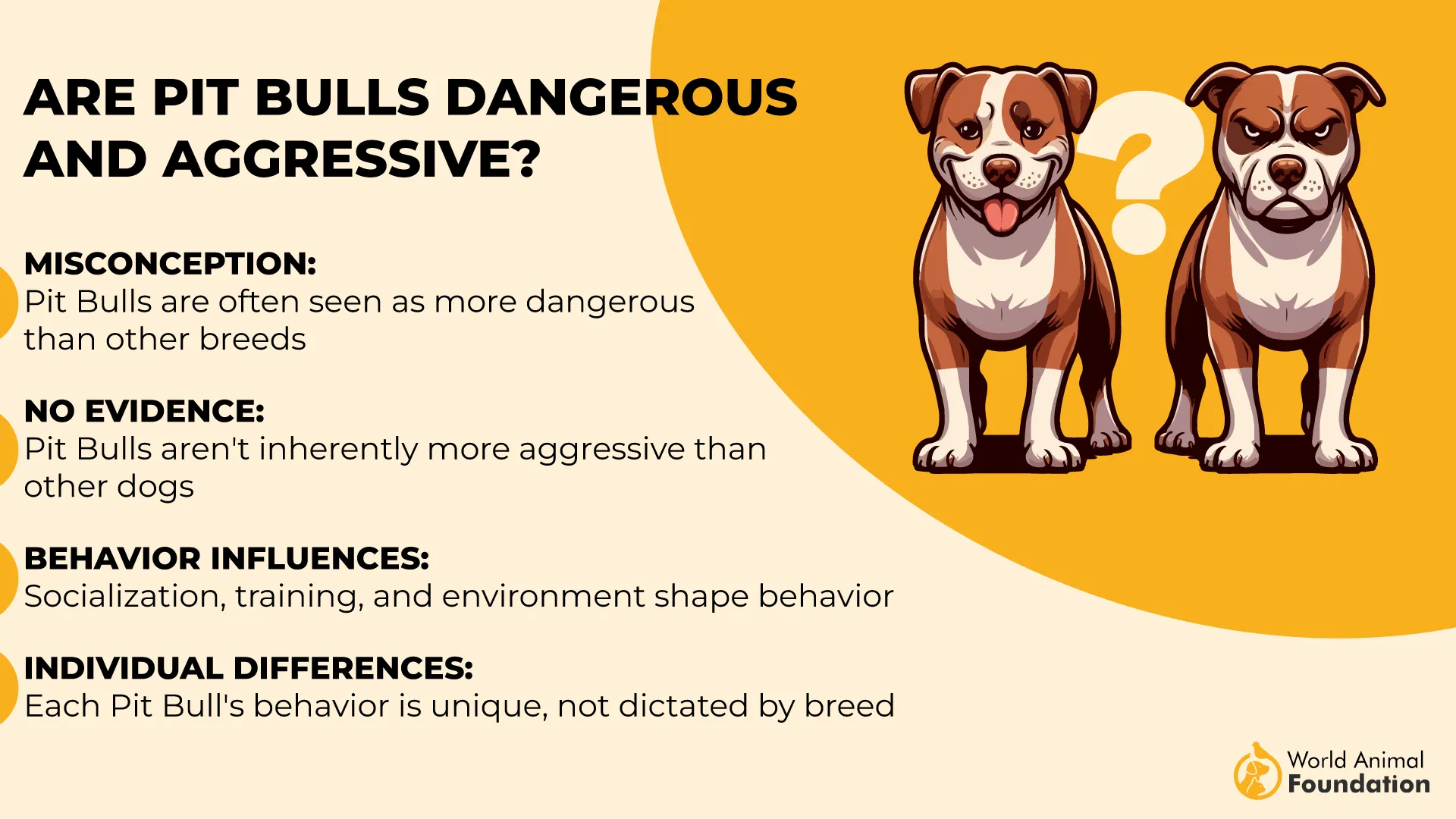
In response, many U.S. cities and counties, including places like New York, Miami, and Chicago, have placed restrictions or bans on Pit Bulls.
Reports show concerning bite statistics. The same analysis revealed that Pit Bull–type dogs accounted for over 26% of all reported dog bite injury incidents and were linked to 61 fatalities during the study period.
However, experts emphasize that context matters. Sadly, a large number of these dogs are raised in harsh or neglectful conditions, or even trained to be aggressive, factors that play a major role in the troubling statistics we see.
With responsible ownership, early socialization, and proper training, Pit Bull-type dogs can be affectionate and loyal companions, but they do require experienced handlers and consistent care.
2. Bullmastiff
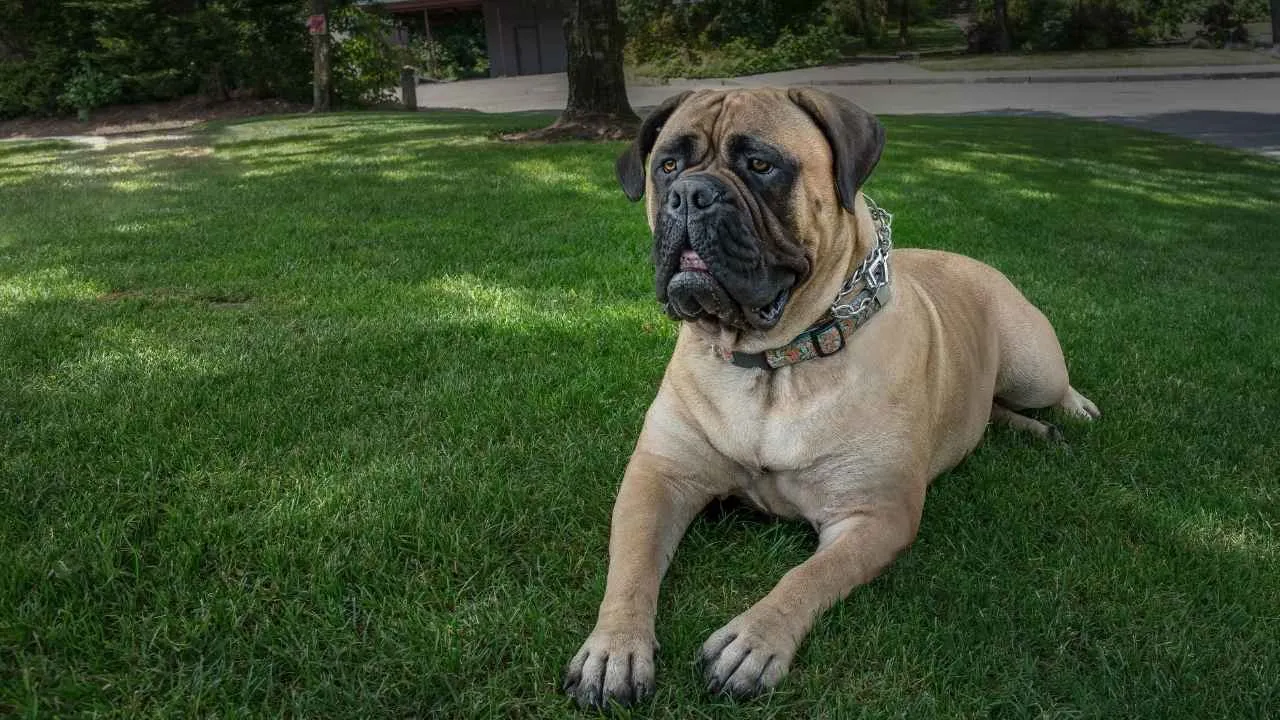
While many dog breeds make exceptional protectors and loyal companions, it’s essential to remember that every dog, no matter how gentle, still carries natural instincts inherited from its wild ancestors. Those instincts, once vital for survival, can occasionally lead to unpredictable behavior if not properly managed.
Across the U.S., about 4.5 million people are bitten by dogs each year. In some unfortunate cases, even well-cared-for and loved dogs have turned aggressive without clear provocation, underscoring the importance of responsible ownership and training.

Mastiffs and Mastiff mixes, including Bullmastiffs, were involved in several reported incidents. While their numbers are relatively low compared to other breeds, they still highlight the potential risks that come with owning large, powerful dogs.
According to PetMD, Bullmastiffs require consistent early socialization, obedience training, and proper supervision, especially around children or strangers. Their large size and strength mean that even playful behavior can unintentionally cause harm if not guided by firm and experienced handling.
Owning a Bullmastiff is both a privilege and a responsibility. With the right environment, training, and care, they can be calm, affectionate, and loyal protectors. But without structure or socialization, their natural power and instincts can become a serious safety concern for both the dog and the people around them.
3. Boxer
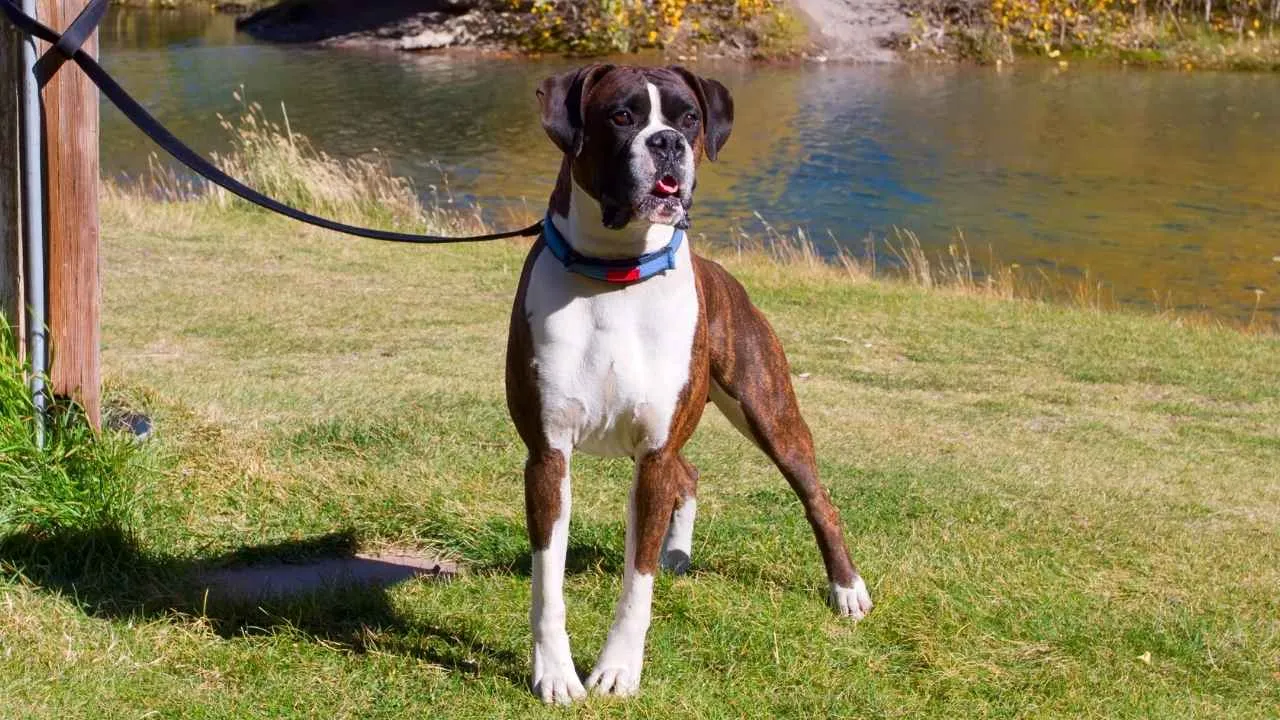
You might be surprised to learn that one of the most playful and lovable dogs, often nicknamed the “comedian of the canine world,” has earned a place among the most dangerous breeds.
The Boxer is described as a perfect blend of loyalty, intelligence, athleticism, and charm, and has a powerful lineage. According to VCA Animal Hospitals, Boxers descend from the German Bullenbeiser, or “bull biter,” a breed once used for hunting and guarding, which explains their strength and intensity.
Known for its courage, intelligence, and alert nature, the Boxer has long been valued in roles such as police and military work, as well as a watchdog and family companion. Despite its strong and confident presence, the Boxer is not a naturally aggressive dog.

Rather, it’s an instinctive protector that forms deep bonds with its family. Like all breeds, Boxers thrive with early socialization, consistent training, and positive reinforcement, which help channel their energy and guarding instincts into loyal and loving behavior.
A tragic reminder of this occurred on May 4, 2023, in Waterloo, Iowa, when 9-month-old Navy Smith was fatally attacked by a family dog. Although initially reported as a Pit Bull, authorities later confirmed the animal was a 9-year-old neutered Boxer-Hound mix, as per Dogsbite.org.
According to canine experts, Boxers can be affectionate, loyal companions when properly socialized and trained. However, their strong prey drive, protective instincts, and high energy require experienced handling and consistent guidance to ensure safety for both the dog and the people around them.
4. Rottweiler

The Rottweiler is often described as a multi-talented working breed, a descendant of ancient Roman drover dogs known for their strength, endurance, and guarding instincts. Yet, this same power and determination have also earned the breed a reputation as one of the most dangerous dog breeds in the world when not properly managed.
Rottweilers are incredibly strong and intelligent, capable of inflicting serious harm if provoked or poorly trained. Owning one requires a high level of responsibility, discipline, and commitment.
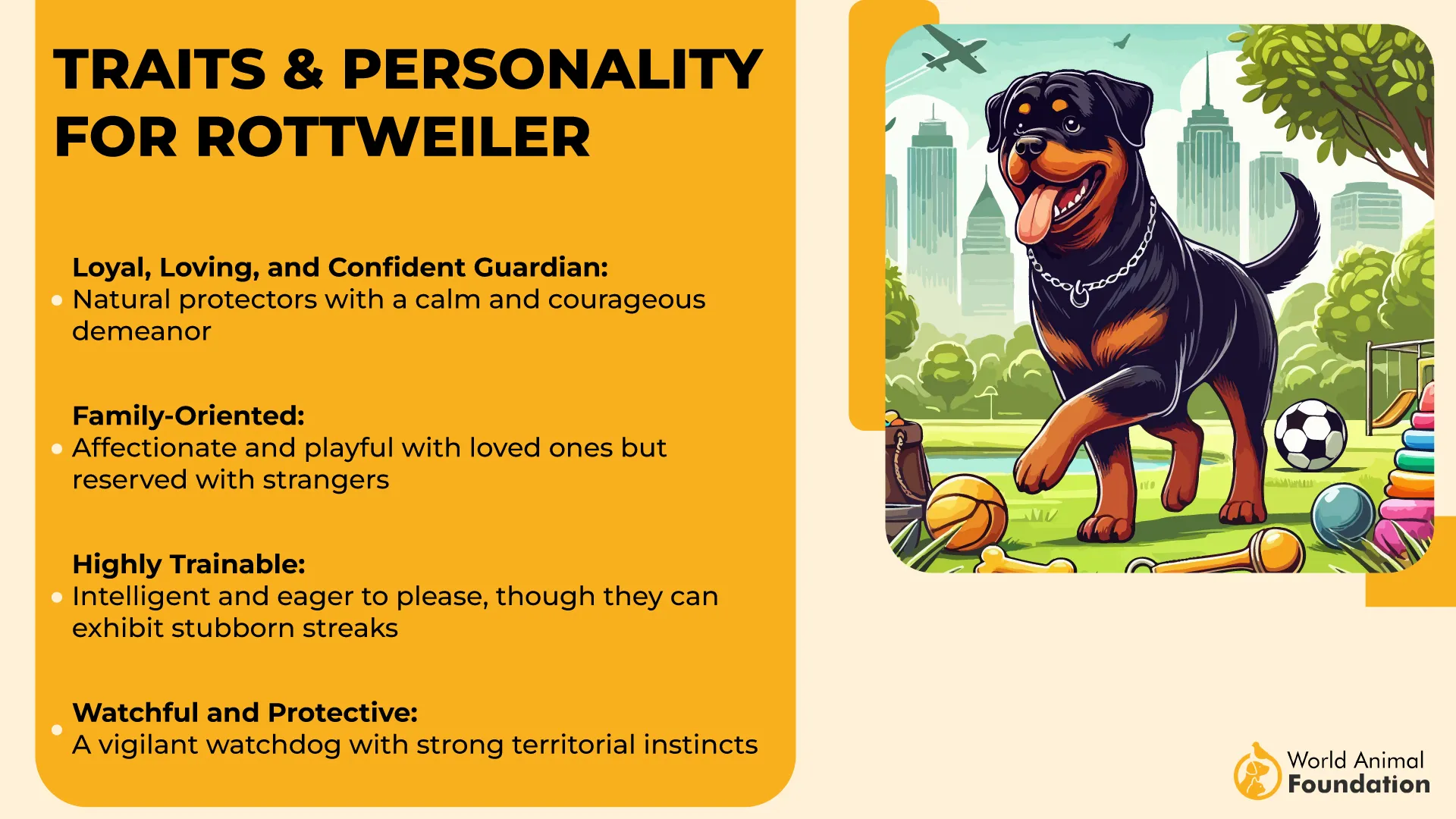
Continental Kennel Club notes that without proper socialization, structure, and control, their natural protective instincts can become a safety concern — especially in densely populated urban areas.
Rottweilers often divide public opinion. Those who raise and train them responsibly praise their deep loyalty, affection, and playful temperament. However, incidents involving untrained or neglected Rottweilers highlight how quickly their power can turn dangerous if mishandled.
One tragic incident occurred on January 21, 2023, on the Fort Hall Reservation in Idaho, when 7-year-old Kellen Boner lost his life after being attacked by four dogs, including two Rottweilers and two mixed breeds. His mother was critically injured while trying to protect him.
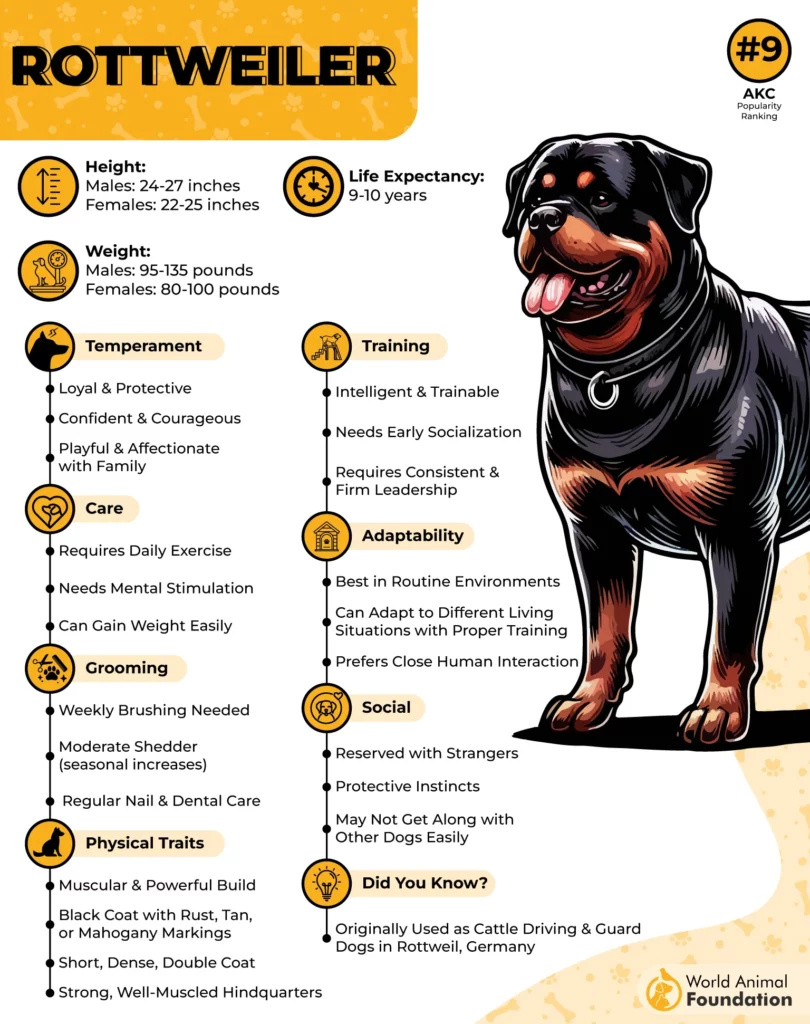
Experts stress that responsible ownership makes all the difference. With proper training, consistent boundaries, and early socialization, Rottweilers can be devoted family guardians — powerful yet gentle when guided with care and respect.
5. German Shepherd
Many German Shepherd enthusiasts may feel surprised, or even defensive, seeing their beloved breed listed among the most dangerous dogs. After all, this is one of the world’s most respected and versatile breeds, celebrated for its intelligence, courage, loyalty, and confidence. Yet, even the finest working dog can become a risk without the right environment, guidance, and training.
The German Shepherd is truly a high-energy, high-maintenance breed. It thrives on structure, purpose, and constant mental and physical stimulation.
Without these, frustration and anxiety can lead to destructive or aggressive behavior. For this reason, the breed is often challenging to manage in crowded urban settings or apartment living, where space and stimulation are limited.
Their strong protective instincts and natural wariness of strangers can make them excellent guard dogs, but also potentially reactive if not properly socialized. Combined with their impressive speed, agility, and bite force of approximately 238 PSI, these traits make the breed both powerful and demanding.
According to Purina, German Shepherds are widely employed by military and law enforcement agencies for their intelligence, trainability, and territorial instincts. However, it’s important for potential dog owners to remember that these dogs were originally bred for herding and protective work, not as casual house pets.
Mismanagement or lack of training can lead to serious incidents. Still, with proper training, early socialization, and responsible ownership, German Shepherds can be extraordinary companions — loyal, loving, and capable of forming unmatched bonds with their families.
6. Cane Corso
The Cane Corso, often referred to as the Roman war dog, carries an intimidating presence that reflects its ancient lineage. This powerful Italian Mastiff isn’t just impressive in appearance; it’s also a strong and highly capable guardian.
Did you know? A Cane Corso’s bite force ranges between 700 and 800 PSI, second only to the mighty Kangal. This makes its bite one of the most powerful in the canine world and significantly stronger than that of the Pit Bull.
It’s a reminder that this breed’s strength and dominance should never be underestimated; a single lapse in control or training can have serious consequences.
According to Orvis, the Cane Corso is not a suitable breed for inexperienced owners. Naturally independent, dominant, and protective, this dog requires a confident and consistent handler.
Historically bred as a war and guard dog, the Cane Corso still thrives in roles involving protection, patrol, and surveillance, where discipline, structure, and purpose guide its instincts.
Despite their fearsome reputation, Cane Corsos can be deeply loyal and affectionate with their families when properly trained and socialized from a young age. They need strong leadership, clear boundaries, and an experienced owner who understands their temperament.
When respected and managed responsibly, these dogs embody confidence, courage, and devotion; qualities that made them legendary in history and formidable in modern times.
7. Doberman Pinscher
Apartment living has become a way of life for many city dwellers, but when it comes to adopting a dog, not every breed thrives in confined spaces. One such example is the Doberman Pinscher, a breed originally developed in Germany as a fearless guardian and police dog.
Known for its remarkable intelligence, athleticism, and alertness, the Doberman is a powerhouse of energy. These dogs were bred to run, protect, and work alongside humans, which means they require ample exercise, mental stimulation, and room to move.
Living in a small apartment without sufficient outlets for their energy can easily lead to frustration, restlessness, or even aggression.
Before bringing home a Doberman, potential owners should consider whether they can truly meet the breed’s physical and emotional needs. A lack of activity or mental engagement can turn this confident, loyal protector into an anxious or reactive dog, not out of malice, but from unmet instincts and pent-up energy.
Research consistently shows that a dog’s temperament is shaped as much by training and environment as by genetics. A Doberman raised with structure, daily exercise, mental challenges, and positive socialization can grow into a calm, affectionate, and loyal family companion.
According to canine behavior experts, routine and interaction are key. Dogs who enjoy regular walks, consistent schedules, and plenty of human attention are far less likely to develop behavioral problems.
For breeds like the Doberman, early training, social exposure, and responsible handling aren’t optional; they’re essential to ensure this powerful dog remains the loyal hero he was bred to be, not the threat he’s often mistaken for.
Conclusion
We live in a world where urban living already comes along with several challenges to conquer, and with the rise of social evils and crimes influencing every facet of our lives. Even surviving on this chaotic, unpredictable planet is a challenge.
Hence, why make it more difficult than it already is and adopt these incredibly challenging four-legged companions who can have a high probability of turning fatal not only for you but for the innocent kids in your neighborhood and the elderly?
We agree that breed restrictions and breed-specific legislation are unkind and brutal for these canines for whom we humans are responsible of morphing. And that every animal living on this earth should be treated respectfully and protected. Owners should be held accountable, and the knowledge on how to raise a dog and how to deal with their aggressive behavior should be spread around to raise awareness and to avoid serious injuries caused by these canines unknowingly.
There are around 1 billion domesticated dogs in this world, and breed is just a single component that effects that gives us an idea of how a puppy is going to be. But as sentient and responsible beings, we should also focus on how we are nurturing these dogs and what actions we are taking to stop these dog bite incidents.
More notable mentions of dangerous dog breeds include Siberian huskies, Alaskan malamutes, Australian cattle dogs, Labrador retrievers, chihuahuas, Dogo Argentino, Presa Canario, and many other mixed breeds.


